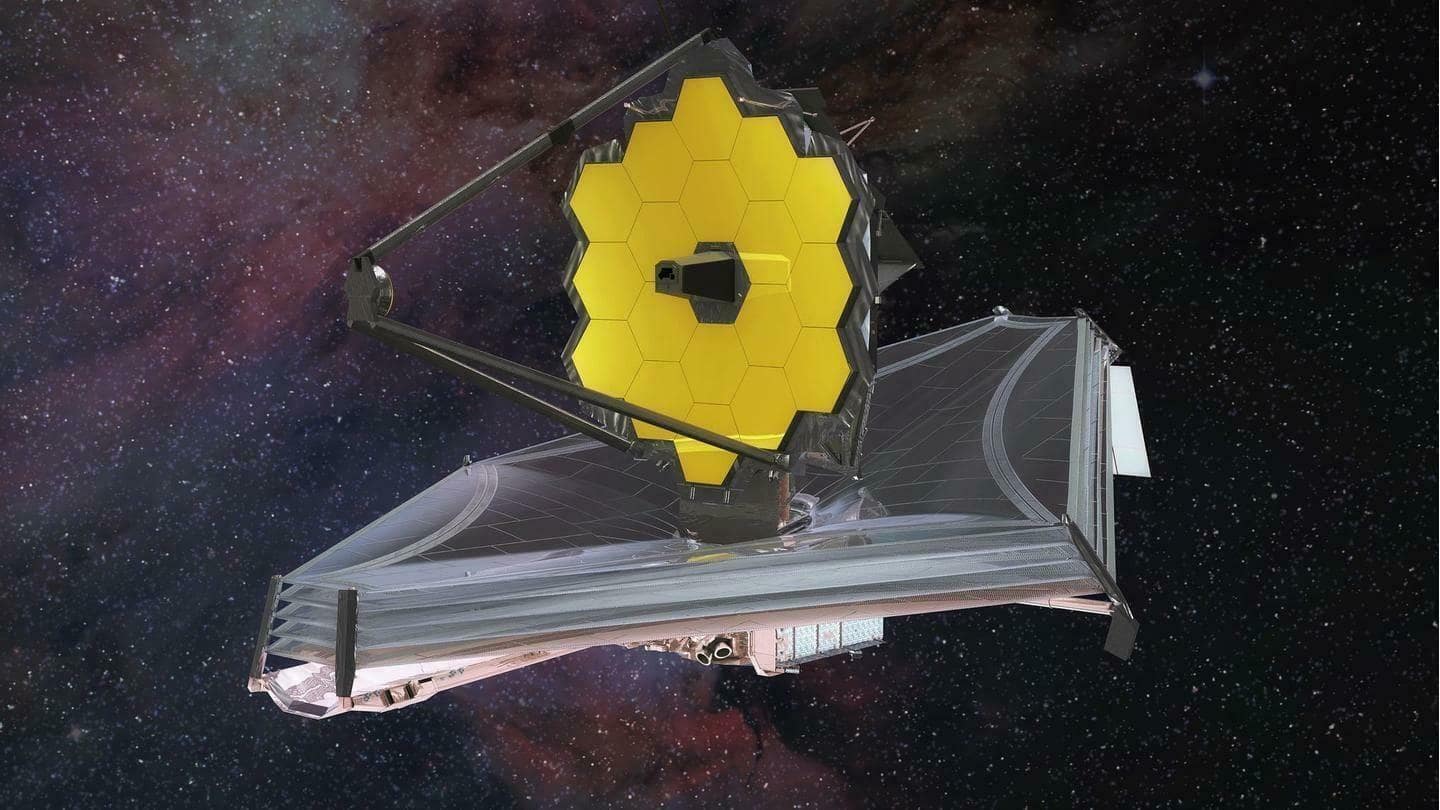
Ground-breaking discoveries from NASA's James Webb Space Telescope in 2022
What's the story
The James Webb Space Telescope (JWST) is the biggest space telescope ever constructed.
NASA's $10 billion observatory, which took over 30 years to build, is also the most expensive and most complex mission that has been put together.
Here, we take a look at some of the ground-breaking discoveries scientists have made in 2022 all thanks to the super telescope.
Deep field image
Webb's first image reveals the farthest we have ever seen
The JWST's first image called Webb's First Deep Field revealed a galaxy cluster SMACS 0723, which lies 13 billion light years away, the farthest we have ever seen in the universe.
One of the studies based on the image revealed that a large number of distant galaxies were disc-shaped and suggested that there were up to 10 times as many distant disk-shaped galaxies.
Pillars of Creation
The telescope revealed unseen details of the Pillars of Creation
The observatory captured stunning details of the Pillars of Creation which lies in the Eagle Nebula, 6,500 light-years from Earth in the constellation Serpens.
Owing to its infrared capacity and remarkable sensitivity, the telescope unveiled details, including star-forming regions, that were previously obscured by the dust in interstellar space.
A more recent composite image unveiled several more new stars present in this region.
Cartwheel galaxy
Webb unveiled more information about the Cartwheel galaxy
Webb snapped a stunning picture of the Cartwheel Galaxy revealing more details about star formation and its central black hole.
The picture also provided information on the changes that took place in the ring galaxy over billions of years. It lies 500 million light-years away in the Sculptor constellation.
The galaxy's unusual shape results from a galactic collision that occurred 400 million years ago.
Finding exoplanets
Exoplanets have not been seen in infrared wavelength before
JWST's first image of an exoplanet was HIP 65426 b, a young giant whose mass is seven times that of Jupiter's. It was also the first time that an exoplanet was captured in infrared wavelengths.
Most exoplanets are difficult to capture due to the brightness of their parent star, but Webb used an optical mask to block out the host star's glare.
Early galaxies
Webb revealed earliest galaxies formed right after the Big Bang
Recently, the orbiting space telescope discovered two of the earliest galaxies which formed right after the Big Bang, which took place 13.8 billion years ago.
Out of the two, galaxy GN-z11, which formed 350 million years after the Big Bang is the current most distant galaxy known to date.
The other galaxy is expected to have formed about 450 million years ago.
Cosmic tarantula
Newborn stars, which haven't been spotted before, were discovered
With the help of its onboard infrared instruments, Webb pictured the Tarantula nebula, which is home to the brightest and most massive stars ever known.
The image reveals tens of thousands of young stars, which could not be captured before using Hubble telescope because they were buried beneath layers of cosmic dust.
The nebula lies 161,000 light-years away in the Large Magellanic Cloud galaxy.